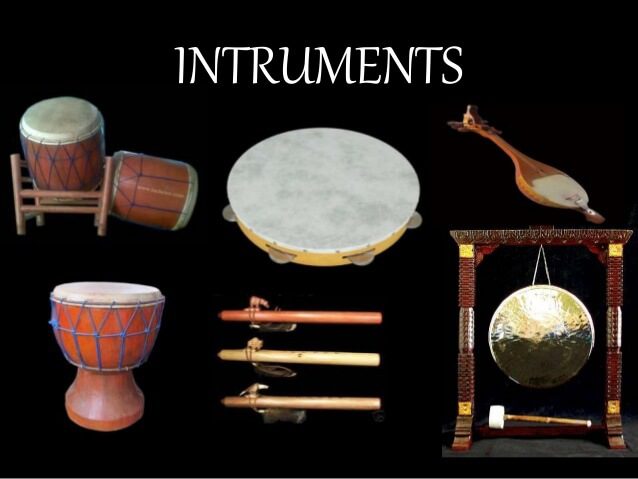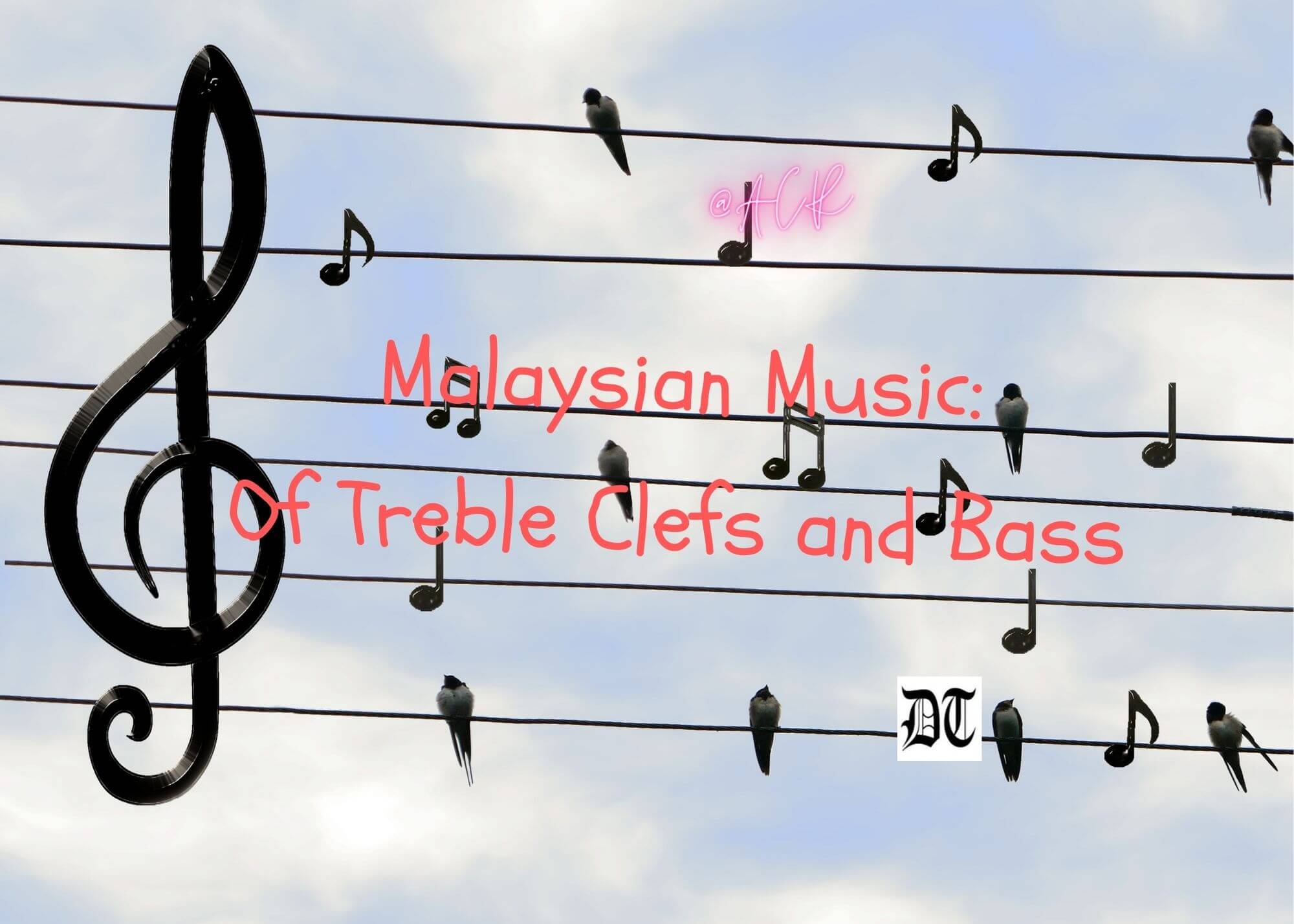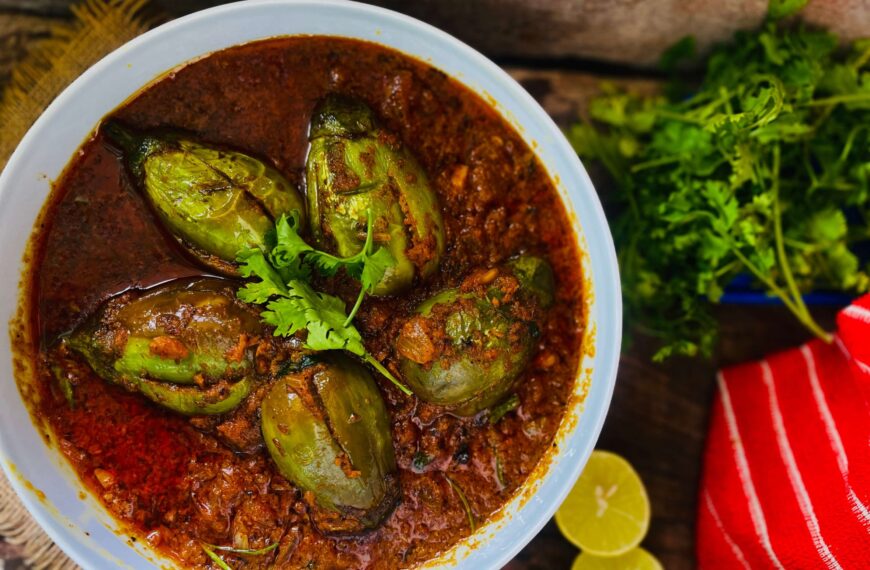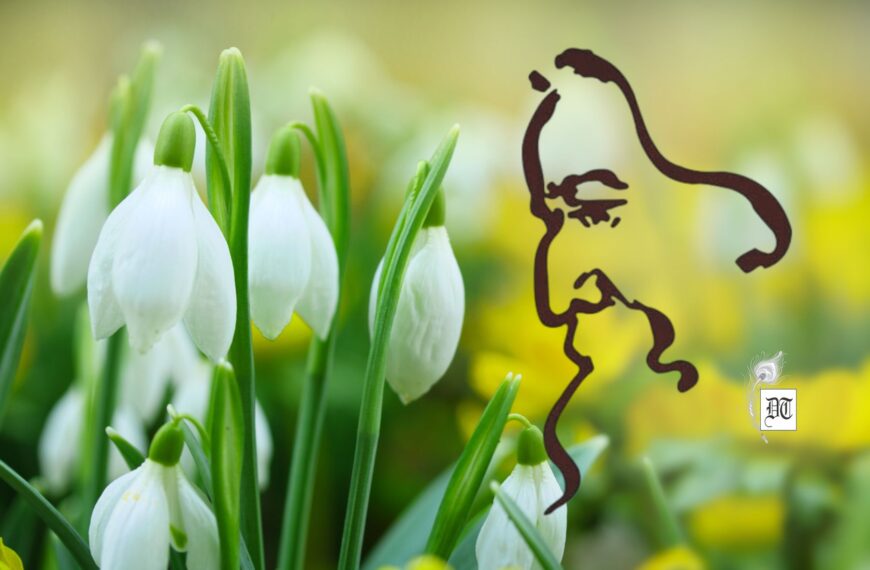A variety of genres in Malaysian music reflect the specific ethnic groups of multiracial Malaysian society consisting of Malay, Chinese, Indian and the indigenous groups, says Maureen. An exclusive for Different Truths.
The various genres of Malaysian music add to the richness of the country. The music itself depicts the multi-ethnic culture everyone enjoys. Basically, Malaysian music was developed with a combination of Western music and local elements. Being a multi-racial country, music has thus diversified and developed into a unique form of art created in various genres in Malaysia. A variety of genres in Malaysian music reflect the specific ethnic groups of multiracial Malaysian society consisting of Malay, Chinese, Indian, and indigenous groups.
… the Malay music emerged from martial arts, ceremonies, and religious occasions. It began as traditional music that originated from another state in Malaysia with influences from India, China, Thailand, and Indonesia.
To begin with, Malay music emerged from martial arts, ceremonies, and religious occasions. It began as traditional music that originated from another state in Malaysia with influences from India, China, Thailand, and Indonesia. It was then, after a period when these music were ‘modernised’ as time went by and thus ‘giving birth’ to what is considered contemporary now especially with the usage of a variety of instruments like the violin, drums, guitar, bass, and some percussion instruments. However, the traditional elements are maintained in the Malay music to preserve the essence of its originality.

As for Chinese music in the country, it cannot be denied that there is a combination of western and Chinese melodies with scales. This, of course, originated from Hong Kong, Taiwan, and China which was improvised and then the local Chinese orchestra performed Malay tunes absorbing the elements of surrounding cultures. Malaysia being creative, absorbed the elements of Chinese music into their genres but using string and percussion instruments. Therefore, this combination gives the sounds of ‘cooperation’ to develop rich musicality.
… the essence of Carnatic music is performed by Malaysian themselves who study the art.
Indian music is not left out. Although the instruments and ethnic origin with the material used for this music are imported from India, the essence of Carnatic music is performed by Malaysian themselves who study the art. Music for the Bharatanatyam that is practiced in South India and has its origins in Tamil Nadu is played here especially for the dance. It is a wonder that there are other races that indulge in this art that makes the music and the dance unique. A combination of Carnatic violin, the flute (woodwind), and the Tabla ironically produce the music for the dance and this clearly gives a picture of unity. For one, the Punjabi rhythmic music and beat namely the bhangra has influenced the music of Malay, Chinese and Indian songs in Malaysia.
Malaysia is so rich that even in music there is diversity. The indigenous have their own music and are culturally based in the sense that all their instruments are created by whatever can produce sound. It is disposable and is created only when it is needed especially for ceremonies, healings, dances, and rituals. Their wide range of musical instruments is a combination of the Chinese and Malay instruments as they have contact with these populations.

… a song composed by the late Edwin Rajamoney in the ’80s entitled Tarian Mutiara (Pearl Dance) shows off the blessings of the country that depicts the unity of all races.
These four elements clearly state the uniqueness of the various music in Malaysia and a song composed by the late Edwin Rajamoney in the ’80s entitled Tarian Mutiara (Pearl Dance) shows off the blessings of the country that depicts the unity of all races. The eight-minute composition proudly tells the pride of Malaysia.
Visuals by Different Truths






 By
By
 By
By
Yes, I have seen and heard Edwin Rajamoney’s music live and on the Radio Malaysia. He is a legend. His music is exceptionally good. His music is where East meets the West. Great…!